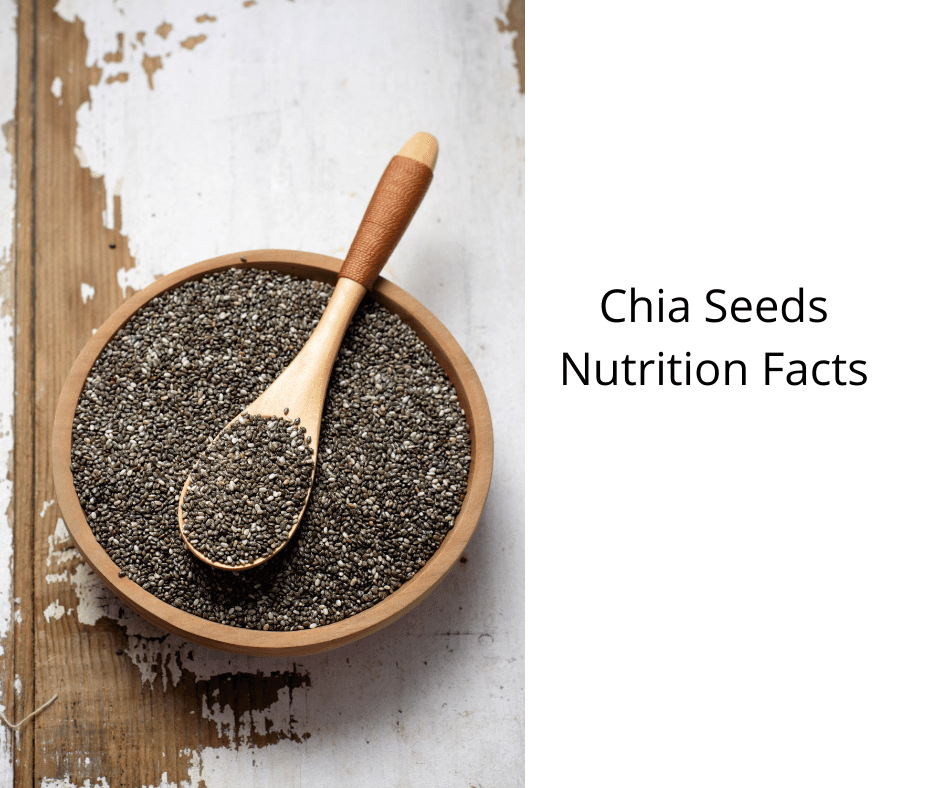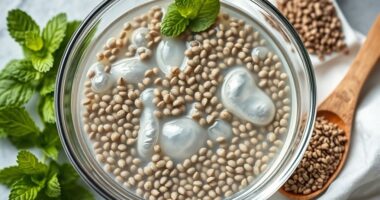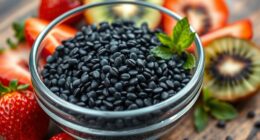Climate change is affecting the global chia seed supply by causing unpredictable weather patterns, soil degradation, and water shortages. These environmental shifts make it harder for farmers to grow healthy chia crops, lowering yields and seed quality. As droughts and erosion worsen, production becomes less reliable, risking higher prices and scarcity. If you want to understand how these changes could impact your supply chain and options, keep exploring the full picture behind these environmental challenges.
Key Takeaways
- Rising temperatures and unpredictable weather disrupt chia crop growth and reduce overall yields worldwide.
- Soil degradation and erosion diminish soil fertility, affecting chia plant health and seed quality.
- Water scarcity from changing rainfall patterns hampers irrigation, leading to crop failures and lower production.
- Increased input costs from environmental stressors threaten the sustainability of chia farming practices.
- Supply chain stability is at risk due to fluctuating chia seed availability and quality caused by climate-related factors.

As climate change accelerates, it’s affecting crops worldwide, including chia seeds—an increasingly popular superfood. You might not realize it, but the health of chia crops depends heavily on the land and water resources available. Rising temperatures and unpredictable weather patterns are leading to serious challenges like soil degradation and water scarcity, which threaten the stability of chia seed production. Soil degradation occurs when the land loses its fertility due to erosion, overuse, or poor farming practices, making it harder for chia plants to grow strong and healthy. When the soil becomes less productive, farmers are forced to use more fertilizers and water, which only exacerbates environmental issues. Water scarcity, driven by changing rainfall patterns and higher evaporation rates, leaves many chia farmers struggling to irrigate their fields effectively. Without enough water, chia seeds can’t develop properly, leading to lower yields and compromised seed quality.
You might notice that in regions where climate change has worsened soil erosion and dried out water sources, chia production faces significant setbacks. As the land becomes less capable of supporting plant life, farmers have to either invest heavily in soil conservation methods or look for alternative crops. Unfortunately, in many cases, the costs involved aren’t sustainable, especially for smallholder farmers who rely on chia as a crucial income source. The limited water availability also means that planting seasons shrink, and water becomes a more precious resource. This scarcity not only reduces the amount of chia that can be harvested but also increases the risk of crop failure. Farmers are caught in a cycle where soil degradation and water shortages feed into each other, creating a precarious environment for chia cultivation. Additionally, the loss of soil health can impact the nutritional quality of the seeds, which is a concern for consumers seeking health benefits.
You should also be aware that these environmental pressures have broader implications for the global supply chain. As fewer chia seeds are produced, prices may rise, and availability could decline, affecting consumers worldwide. Furthermore, the quality of the seeds might suffer if drought conditions persist, impacting the superfood’s nutritional benefits. Addressing these issues requires sustainable farming practices, such as soil regeneration and efficient water management, to preserve chia cultivation amid climate challenges. Without action, the delicate balance needed for healthy chia crops could be irreparably disturbed, threatening both farmers’ livelihoods and the supply of this popular superfood.
Frequently Asked Questions
How Are Traditional Chia Seed Farming Regions Affected by Climate Change?
You might notice that traditional chia seed farming regions are facing serious challenges due to climate change. Soil degradation worsens, making land less fertile, while water scarcity limits irrigation. These issues reduce crop yields and threaten farmers’ livelihoods. You should be aware that such environmental pressures force farmers to adapt or seek new regions, impacting the global supply chain and pricing of chia seeds.
What Adaptive Strategies Are Farmers Using to Combat Climate Impacts?
Think of climate change as a shifting tide threatening your chia crops. To navigate these waters, farmers are adopting sustainable practices like water conservation and soil health. They also diversify crops to reduce reliance on a single harvest, strengthening resilience. These adaptive strategies act as anchors, helping secure their future amid unpredictable weather patterns and ensuring the global chia supply remains steady despite climate challenges.
Could Climate Change Cause Chia Seed Prices to Become More Volatile?
Yes, climate change can cause chia seed prices to become more volatile. As weather patterns become unpredictable, supply disruptions may lead to market speculation and unpredictable price fluctuations. You might see sudden price jumps when harvests are affected or droughts hit major chia-producing regions. This increased uncertainty makes it harder for buyers and sellers to predict costs, fueling market speculation and amplifying price fluctuations in the global chia seed market.
Are There Alternative Crops Being Considered Due to Declining Chia Yields?
You might wonder if farmers are exploring alternative crops due to declining chia yields. As climate change impacts traditional cultivation, crop diversification becomes a key strategy. Farmers are considering alternative crops like flax or hemp, which can thrive in changing conditions. This shift helps stabilize supply and reduce reliance on a single crop, ensuring food security and market stability despite the challenges posed by climate change.
How Might Climate Policies Influence Future Chia Seed Production?
Imagine a future where chia seeds become a rare treasure! Climate policies could dramatically reshape your chia supply by encouraging sustainable farming practices and offering policy incentives. These measures might reduce environmental damage and boost crop resilience, ensuring steady production. If governments prioritize eco-friendly initiatives, you could enjoy consistent chia harvests while helping fight climate change—making your favorite superfood more accessible and environmentally responsible.
Conclusion
Just like a delicate chia seed, your future food depends on our planet’s health. As climate change threatens their growth, it’s like watching a once-thriving garden wither under harsh sun and drought. Every effort we make—reducing emissions, supporting sustainable farming—can help guarantee these tiny seeds continue to flourish. Think of your actions as watering this garden; together, we can nurture a resilient future where chia seeds—and your meals—remain a vibrant part of our world.









